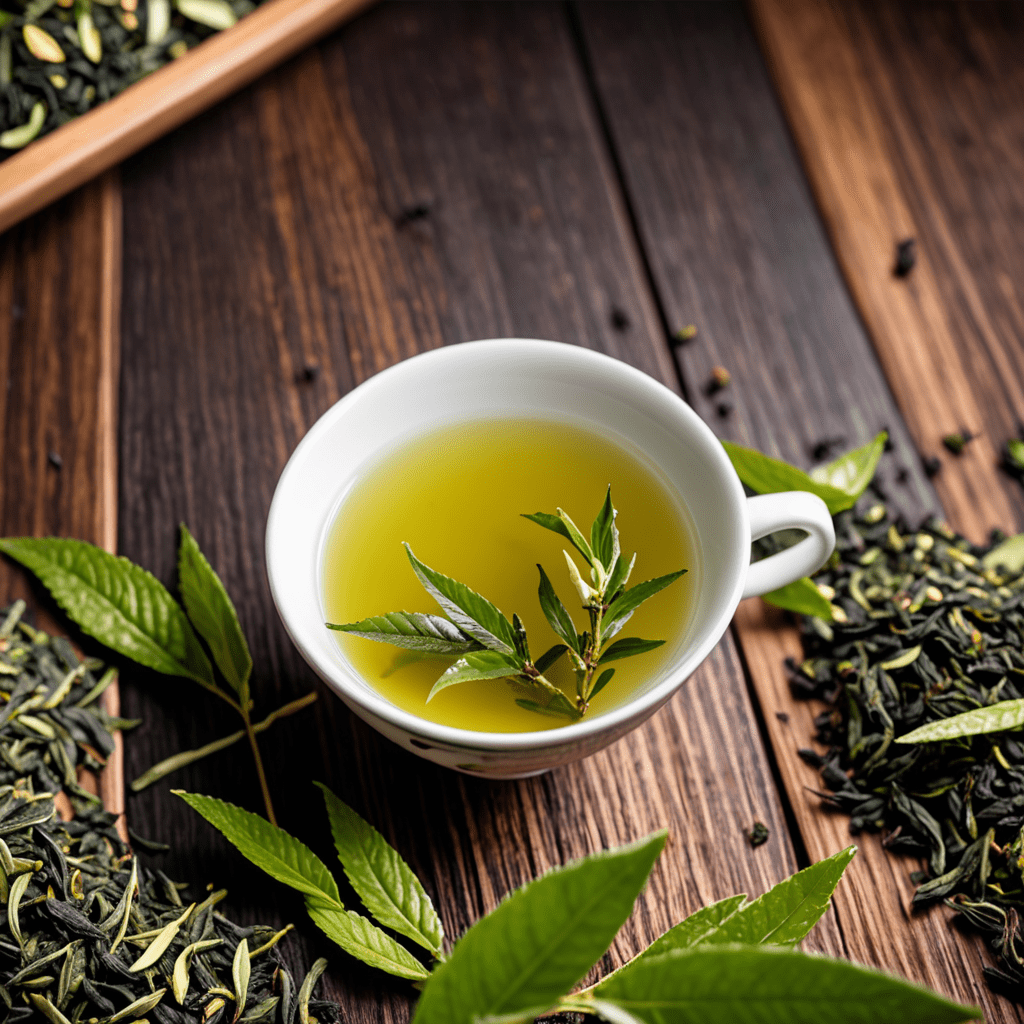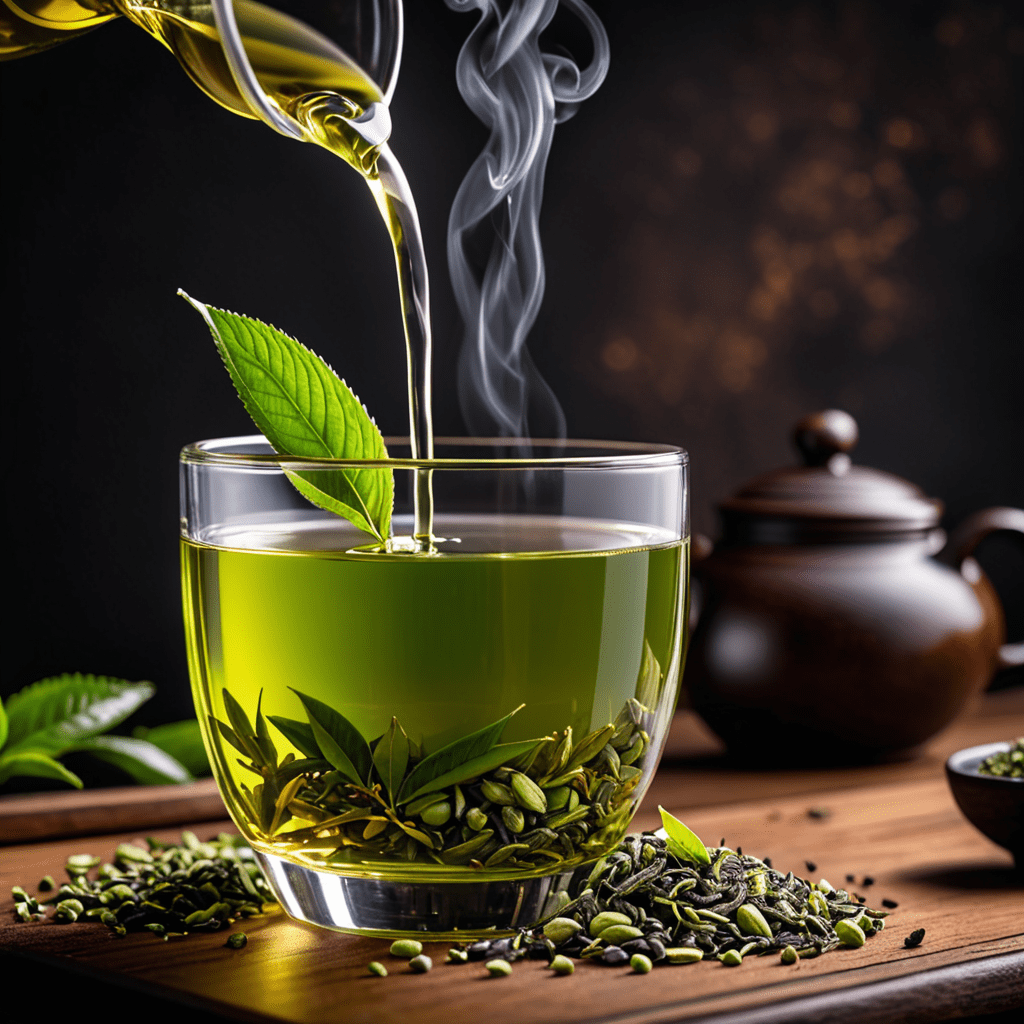Chai Tea: A Flavorful Fusion of Spices
Chai tea, a delectable beverage hailing from the Indian subcontinent, has captivated taste buds worldwide with its symphony of aromatic spices and invigorating tea base. This flavorful fusion boasts a rich history, unique ingredients, and an array of health benefits.
Origins and History
Chai tea traces its roots to the ancient tradition of Ayurveda, a holistic healing system originating in India. Ayurvedic practitioners believed that spices possessed medicinal properties, and they combined them with tea to create a healing elixir. Over centuries, chai tea evolved into a beloved social beverage, enjoyed in homes and tea stalls throughout India and beyond.
Key Ingredients and Their Benefits
Chai tea's distinctive flavor profile stems from a harmonious blend of spices and a tea base. The most common spices include:
A. Spices:
1. Cardamom: Known for its warm and aromatic flavor, cardamom aids in digestion and has anti-inflammatory properties.
2. Cinnamon: A sweet and spicy spice, cinnamon helps regulate blood sugar and boasts antioxidant properties.
3. Ginger: A pungent and warming spice, ginger improves digestion, reduces inflammation, and boosts immunity.
4. Star Anise: A licorice-flavored spice, star anise contains antioxidants and has antibacterial properties.
5. Black Peppercorns: Adding a touch of heat, black peppercorns enhance absorption of other spices and aid in digestion.
B. Tea Base:
1. Black Tea: The most traditional base for chai tea, black tea contains caffeine and antioxidants, providing an invigorating boost.
2. Green Tea: A milder alternative, green tea is rich in antioxidants and has a lower caffeine content.
VI. Cultural Significance of Chai Tea
A. India and South Asia
Chai tea is deeply intertwined with the cultural fabric of India and South Asia. It is a ubiquitous beverage, enjoyed in homes, tea shops, and during social gatherings. Chai tea is often served as a welcoming gesture or as a way to connect with others. Its aromatic fragrance and comforting warmth have made it an integral part of daily life.
B. Western Countries
In recent decades, chai tea has gained immense popularity in Western countries. It is widely available in cafes, restaurants, and grocery stores. Western adaptations of chai tea often include the addition of milk or cream, sweeteners, and other flavorings. Despite these variations, chai tea remains a beloved beverage that evokes feelings of comfort, warmth, and exoticism.
VII. Chai Tea in Popular Culture
A. Literature
Chai tea has found its way into the literary world, appearing in works by renowned authors. In Salman Rushdie's "Midnight's Children," chai tea is a symbol of Indian culture and tradition. In Khaled Hosseini's "The Kite Runner," chai tea is a comforting presence during moments of hardship and loss.
B. Film and Television
Chai tea has also made its mark in film and television. In the popular TV series "Friends," the character of Chandler Bing is known for his love of chai tea. In the film "The Darjeeling Limited," chai tea is a recurring motif, representing the brothers' search for connection and identity.
VIII. Sustainability and Environmental Impact
A. Ethical Tea Sourcing
The growing demand for chai tea has raised concerns about sustainability and environmental impact. Ethical tea sourcing practices ensure that tea is produced in a way that respects the environment, supports local communities, and promotes fair labor. Consumers can support ethical tea sourcing by choosing brands that are transparent about their practices and have certifications such as Fair Trade or Rainforest Alliance.
B. Compostable Tea Bags
Traditional tea bags are often made from non-biodegradable materials, contributing to waste. Compostable tea bags, made from plant-based materials, offer a more sustainable alternative. These bags break down naturally, reducing their environmental footprint.
IX. Tips for Enjoying Chai Tea
A. Choosing High-Quality Spices
The quality of the spices used significantly impacts the flavor of chai tea. Choose high-quality spices that are fresh, aromatic, and free from additives. Whole spices are preferable to ground spices as they retain their flavor and potency better.
B. Sweetening to Taste
Chai tea can be sweetened to taste using various sweeteners such as sugar, honey, or maple syrup. Start with a small amount and adjust sweetness to your preference. Avoid over-sweetening as it can mask the delicate flavors of the spices.
C. Pairing with Food
Chai tea pairs well with a variety of foods. It can be enjoyed on its own as a warm and comforting beverage or paired with sweet treats such as cookies, cakes, or pastries. Chai tea can also complement savory dishes such as grilled meats, roasted vegetables, or curries.
X. Conclusion
Chai tea, a flavorful fusion of spices and tea, has captivated hearts and taste buds worldwide. Its rich history, unique ingredients, and an array of health benefits have made it a beloved beverage. Whether enjoyed in traditional settings or embraced in contemporary adaptations, chai tea continues to warm hearts, forge connections, and inspire creativity.



